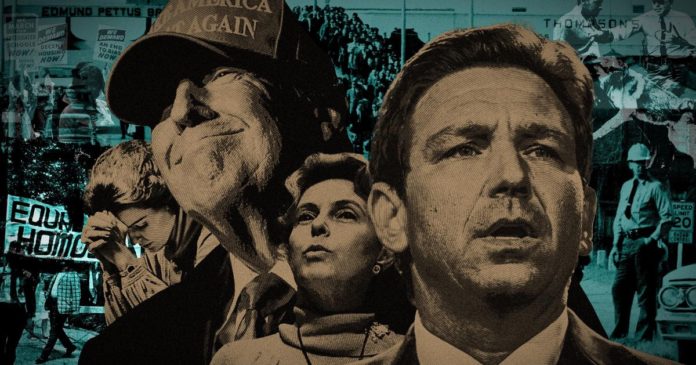At this year’s Conservative Political Action Conference, the culture war reigned supreme.
“When our schools teach kids to be ashamed of America, when they teach the 1619 Project instead of our founding, we’re at risk,” said former Secretary of State Mike Pompeo, a potential 2024 presidential candidate.
“All this woke, transgender athletes, CRT, 1619, they don’t teach reading, writing or arithmetic,” Sen. Tommy Tuberville (R-Ala.) said, perhaps less artfully.
Gender-related care for minors is “a demonic assault on the innocence of our children,” according to Tom Fitton, the head of the right-wing group Judicial Watch.
The most incendiary comments came from Daily Wire podcast host Michael Knowles, who called for “transgenderism” to be “eradicated from public life entirely.”
The list of terrors did not end there. Speakers warned of gay and transgender “groomers” preying on children to recruit them for sexual acts or to increase their own ranks. According to various presenters, men are terrorizing women in the bathroom by pretending to be women themselves; the very concept of the family is being upended as children change their gender behind their parents’ backs; and social unrest is brewing because some history teachers don’t emphasize patriotism to the exclusion of everything else.
The GOP appears to be pinning its hopes for the next election on this new culture war. But there’s nothing “new” about the fears they’re expressing, or the dire outcomes they claim are imminent.
Beginning in the 1970s, conservatives also organized a new political coalition following a wave of social and cultural change that saw successes for the civil rights and women’s and gay rights movements. Black people were finally to be treated as equal citizens with protections in elections, employment and housing. Women were moving out of the home and into the workplace. And gays and lesbians were asserting their right to exist in the public sphere.
Traditional hierarchies of power were being upset, and men ― particularly white men ― were being forced into economic competition with Black people and women just as the long period of post-war growth was coming to an end.
The conservative reaction to this was to slander gay people as pedophiles, warn of men in women’s bathrooms, decry the subversion of family authority and protest the inclusion of history that highlighted the country’s shortcomings, specifically on matters of race, as destructive to national unity.
We’ve heard this all before.
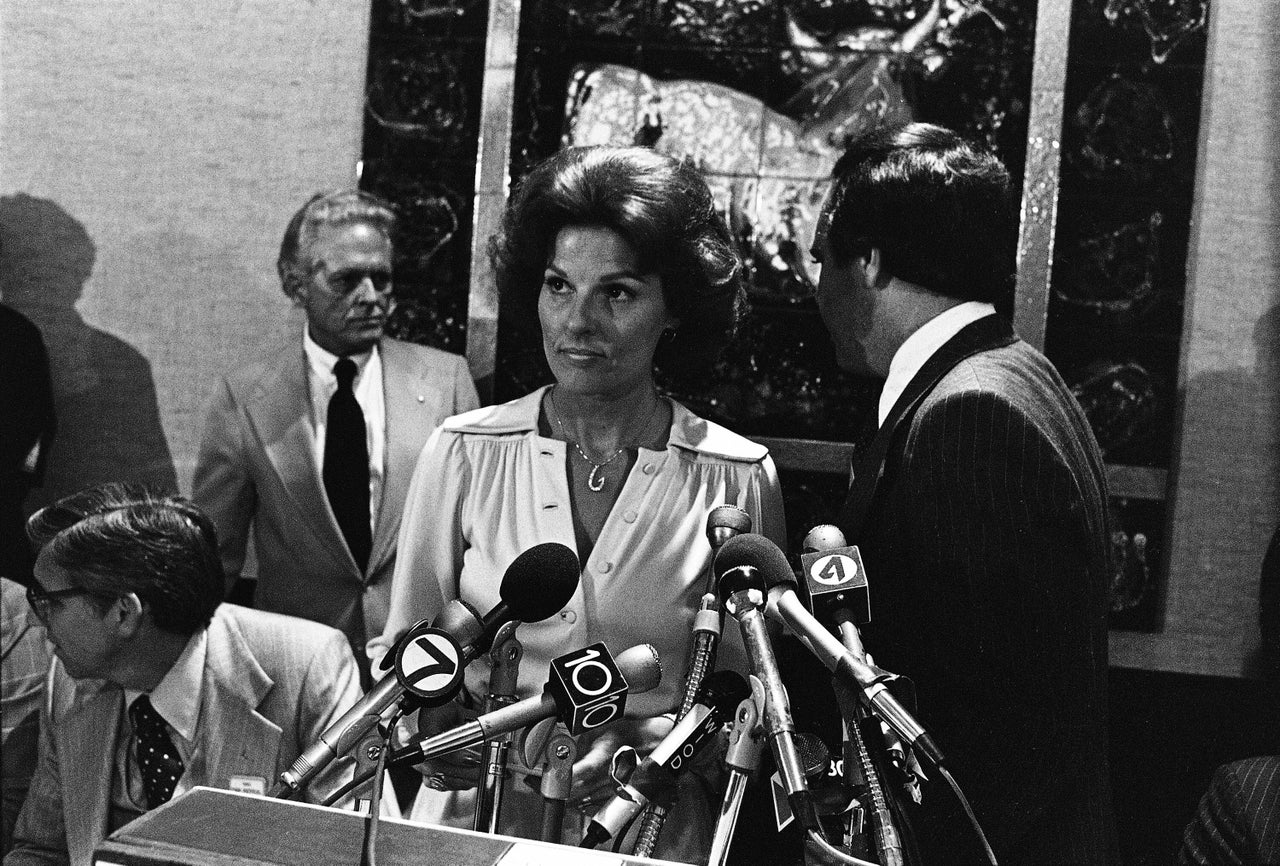
Sex, Gender And Sexuality
“The homosexual recruiters of Dade County already have begun their campaign! Homosexual acts are not only illegal, they are immoral. And through the power of the ballot box, I believe the parents and the straight-thinking normal majority will soundly reject the attempt to legitimize homosexuals and their recruitment plans for our children.”
That’s what Anita Bryant, a famous Christian pop star, said in 1977, upon announcing her campaign to repeal an ordinance passed by Florida’s Miami-Dade County Council that banned discrimination against gays and lesbians in hiring and housing.
Bryant’s “Save Our Children” campaign featured all of the tropes that have become common in today’s attacks on the LGBTQ community, including the confusion of parents, the alleged subversion of the family and the supposed sexual predation of minors, particularly by teachers.
“When word came that there was an ordinance in Miami that would allow known homosexuals to teach my children, God help us as a nation to stand in these dark days,” Bryant said in speeches.
One Save Our Children ad warned that many “confused” parents mistakenly thought of gay people as “being gentle, non-aggressive types.”
“The other side of the homosexual coin is a hair-raising pattern of recruitment and outright seduction and molestation, a growing pattern that predictably will intensify if society approves laws granting legitimacy to the sexually perverted,” the ad warned.
“Only parents can reproduce,” Bryant would say. “In order to survive and sustain their lifestyle [gays and lesbians] are going to have to recruit.”
In other statements, Bryant called gay people “human garbage.”
These same sentiments can be heard today among those who attack the LGBTQ community as “groomers” or accuse them of harboring a secret agenda ― such as Florida Gov. Ron DeSantis (R), who attacked opponents of his “Don’t Say Gay” law as “support[ing] sexualizing kids in kindergarten” and trying to “camouflage their true intentions.”
In an interview with the liberal Washington Post columnist William Raspberry, Bryant said she was trying to protect “our children” from “flaunting homosexuals” employed as teachers who, as role models, could “be able to stand up and say ‘I’m homosexual and I’m proud of it,’ implying to our children that they have another legitimate choice open to them.”
What Bryant didn’t want was homosexuality expressed “out in the open.” She wanted it eradicated from public life.
Raspberry, like a number of liberal columnists at elite publications today, was persuaded, at least in part, by Bryant’s arguments. “Anyone who tells you the question is easy is not to be trusted,” he wrote, musing whether it was “ignorance or bigotry at work” in the anti-gay cause or “mere prudence.”
Bryant wasn’t alone in warning about the subversion of the family and gender roles by movements for equal treatment. Conservative activist Phyllis Schlafly, fresh off a failed congressional run, came out in opposition to the Equal Rights Amendment in 1972.
The effort to enshrine women’s equality in the Constitution, supported by broad majorities and leaders of both political parties, was really an “attack on marriage, the family, the homemaker, the role of motherhood, the whole concept of different roles for men and women,” Schlafly argued.
Women would be drafted into the military, Schlafly claimed. They would lose long-sought protections that were secured in the 1963 Equal Pay Act and the 1972 Equal Employment Opportunity Act, and the right to alimony payments. Gay marriage would be legalized. Mothers would be forced to send their children to day care. And it would mean the end of sex segregation in sports, prisons, schools and bathrooms.

Bettmann Archive/HuffPost
A pamphlet from Schlafly’s Eagle Forum distributed in the South warned of “the sexes fully integrated like the races,” including in bathrooms, as recorded in historian Rick Perlstein’s book “Reaganland.”
Today, the fear of men in women’s bathrooms has become a common trope in campaigns against the transgender community. At CPAC, Rep. Matt Gaetz (R-Fla.) highlighted the story of a teenage boy raping a girl in a Virginia high school bathroom. Gaetz falsely claimed that the boy identified as female. The story became a flashpoint in the 2021 Virginia governor’s race. The only problem with it was that the boy was not transgender.
The far-right John Birch Society also warned that the “Marxist pressures and abuses inherent in the ERA” would lead to “co-sexual penal institutions” and “the legalization of rape,” Perlstein writes. At the time, marital rape was legal in every state. It wasn’t until Susan Brownmiller’s book “Against Our Will” came out in 1975 that the concept was even discussed in those terms. The first conviction for marital rape would not occur until 1978.
“In desperation, the nation’s ownership has now gone back to the tried-and-true hot buttons: save our children, our fetuses, our ladies’ rooms from the godless enemy,” author Gore Vidal wrote in 1979. “As usual, the sex buttons have proved satisfyingly hot.”
The campaigns by Bryant and Schlafly both won. Anti-gay copycat campaigns followed across the country; most succeeded. In California, GOP gubernatorial candidate John Briggs put a referendum on the 1978 ballot to allow schools to fire teachers for the “advocating, soliciting, imposing, encouraging or promoting of private or public homosexual activity directed at, or likely to come to the attention of, schoolchildren and/or other employees.”
The initiative would effectively make it possible to purge any openly gay teacher, along with any straight teacher who discussed homosexuality or gay rights in any kind of positive way. This same drive to ban the supposed promotion of homosexuality (“no promo homo”) is expressed today in conservative efforts like Florida’s “Don’t Say Gay” law.
But the so-called Briggs Initiative lost. Gay rights activists in California organized to defeat it as a government-backed invasion of privacy. They even won the support of Ronald Reagan, former governor and future president.
“Whatever else it is, homosexuality is not a contagious disease like measles,” Reagan wrote in opposition to the initiative. “Prevailing scientific opinion is that an individual’s sexuality is determined at a very early age and that a child’s teachers do not really influence this.”
Conservatives today disagree.
Periods, Question Marks And Race
Just like the fight over sexuality and gender today echoes the battles of the 1970s, so too does the fight over the treatment of race in history and education. Today, conservatives back legislation to stop “woke indoctrination” by limiting the way race can be discussed in schools, colleges and universities. In the 1970s, conservative activists railed against secular humanism and multiculturalism. They all warned of the same horrors: the collapse of national unity and the end of American innocence.
The author James Baldwin recognized Americans’ desire for innocence and a sanitized version of their past. “The Americans have never even heard of history, they still believe that legend created about the Far West, and cowboys and Indians, and cops and robbers, and black and white, and good and evil,” Baldwin said at a 1965 debate with conservative William F. Buckley. “If the Europeans are afflicted by history, Americans are afflicted by innocence.”
The loss of innocence was on display in Kanawha County, West Virginia, in 1974, after the school board approved new curricula and textbooks that aimed to provide “multi-ethnic, multicultural balance.”
The textbooks in question made secular comparisons of Aesop’s Fables to Biblical tales; included mention of negative incidents in American history; and included more Black, Hispanic and Indigenous figures. One book featured a white girl handing a bouquet of flowers to a Black boy. “This is what it is all about,” the historian Perlstein recounts one protester saying in his book “The Invisible Bridge.”
“You are making an insidious attempt to replace our periods with your question marks,” one Kanawha County protester told a reporter for The Village Voice.
The protesters linked up with Texas textbook activists Mel and Norma Gabler, who began in the 1960s to review school textbooks for anything that would undermine the conservative Christian worldview, like the teaching of evolution. The Gablers also scoured for what they deemed problematic approaches in teaching American history, including deviations from “lost cause” Confederate mythology.
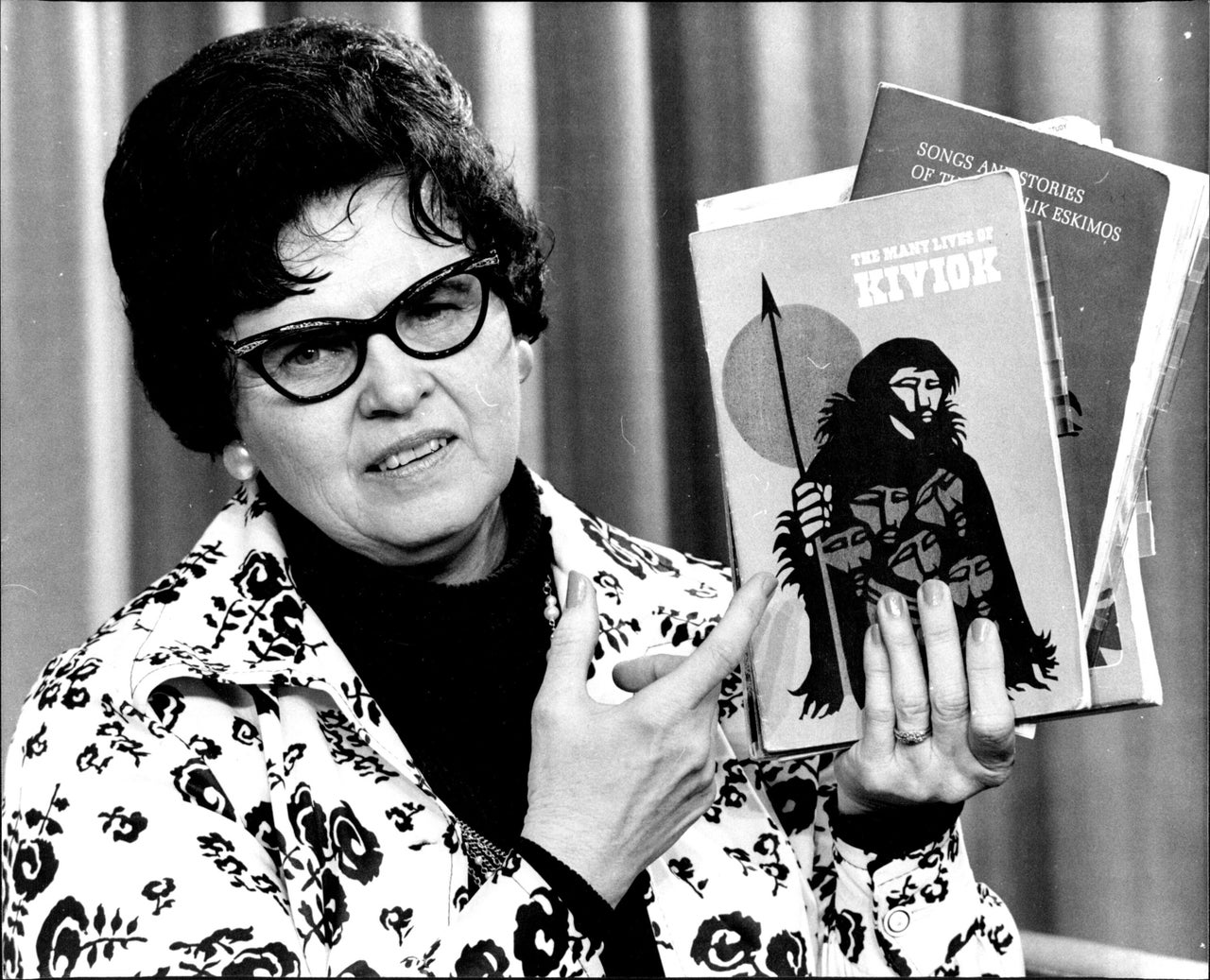
Antony Matheus Linsen/Fairfax Media via Getty Images
They also received support from the Heritage Foundation, a then-new conservative think tank that sent two staffers to help coordinate the protesters and provide communications and legal help. The Heritage faction saw the protesters as part of an emerging majority political coalition opposed to recent social and cultural changes concerning race, gender, sexuality and secularism.
“Picking your fight is important. If you pick the right fight at the right time, it can be profitable,” James McKenna, one of the Heritage staffers, said in a PBS documentary about the protests.
After parents began a boycott of the schools, the demonstrations turned violent. Protesters attacked school buses, shooting them with shotguns, to prevent children from participating in the boycott by going to school. An elementary school was blown up with dynamite.
Controversies over school textbooks and the teaching of history continued for decades after. Congress gutted funding in 1975 for certain science textbooks after they were derided as promoting “cultural relativism.” One GOP congressman said the texts served as “cultural shock techniques” designed to teach children to reject the “national loyalties of their parents and American society generally.”
Similar controversies erupted in the 1990s when the federally funded National Council for History Standards released new standards for history teaching that expanded the range of people, events and organizations in American history considered worthy of attention.
Lynne Cheney, the former head of the National Endowment for the Humanities under George H.W. Bush, which funded the new history standards project, denounced it as “grim and gloomy.” It did not focus enough on the great men and great moments of American history, opponents argued ― and when it did, it failed to cast them in an entirely positive light. Instead, the standards only gave “unqualified admiration” to “people, places, and events that are politically correct,” which is to say, they were Black or female or Indigenous. Today’s conservatives would probably call them “woke.”
“From the arrival of English-speaking colonists in 1607 until 1965, there was one continuous civilization built around a set of commonly accepted legal and cultural principles,” Newt Gingrich wrote in 1995, in response to the standards. “Since 1965, however, there has been a calculated effort by cultural elites to discredit this civilization.”
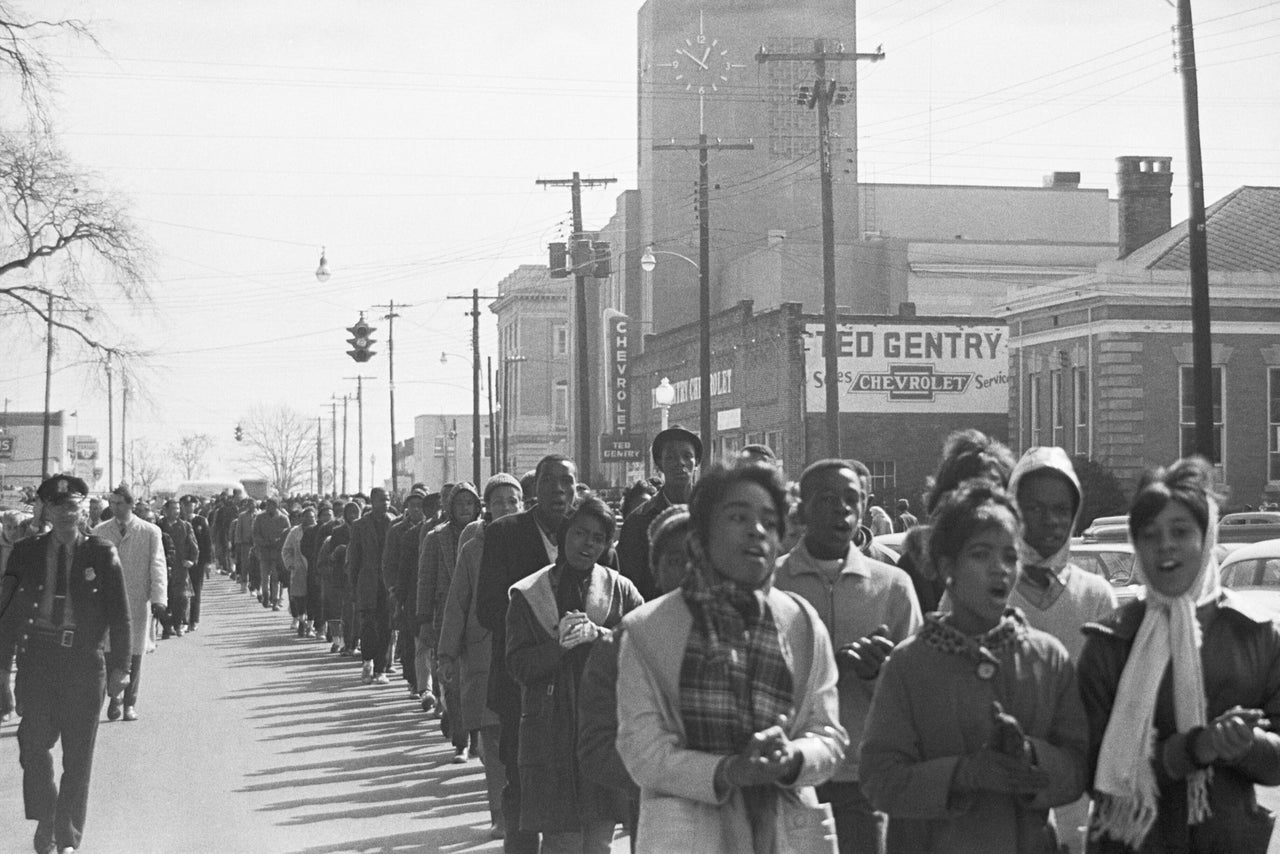
Bettmann via Getty Images
The Voting Rights Act became law in 1965, legally ending the Jim Crow exclusion of Black people from the American political community. But further efforts toward their inclusion, and the inclusion of their stories, remained contested.
This same conflict erupted again in 2019 with the publication of the 1619 Project in The New York Times Magazine. This project of historians, journalists and columnists provided a historical perspective from the point of view of Black America, beginning with the arrival of the first enslaved people in 1619. In the ensuing years, further attacks on history education ― especially anything focused on slavery and civil rights ― unfurled over the teaching of so-called critical race theory.
In response, conservatives pushed legislation, like DeSantis’ “Stop WOKE Act,” banning the teaching of certain concepts concerning race. The result is a purge of books, classes, teachers and subject matter that focuses on Black history and the Black experience in the U.S.
From Anti-Communism To Anti-‘Wokeness’
The culture war attacks in the 1970s worked to bring religious, social and Southern conservatives into a majority political coalition with libertarian business conservatives and anti-communist hawks. This fusion proved potent. Conservatives won control of the Republican Party, which won five out of six presidential elections between 1968 and 1988.
Anti-communism served as the glue that held this coalition together. Communism, it was said, sought the subversion of traditional hierarchies, the American way of life and the American free enterprise system. Anyone who deviated from the norm, or protested the conditions of women or racial minorities, could threaten the social fabric in service of communism.
When Southern states launched their own Un-American Activities investigatory committees, they largely targeted civil rights activists and groups. The height of the paranoid, repressive ideology known as McCarthyism coincided with a parallel witch hunt against gays and lesbians, which conflated the identities of communists and gay people.
“Communists and queers … have sold 400 million Asiatic people into atheistic slavery and have the American people in a hypnotic trance, headed blindly toward the same precipice,” Sen. Joseph McCarthy, a Wisconsin Republican, said while denouncing gay people employed by the State Department.
In a 1952 piece by R.G. Waldeck, the right-wing publication Human Events postulated the existence of a Homintern or Homosexual International, similar to the Comintern, or Communist International.
“Members of this International constitute a world-wide conspiracy against society,” Waldeck wrote.
Fears of the Homintern did not end in the 1950s. At the 1992 GOP convention, Rev. Gene Antonio denounced the gay rights movement as both “a Homintern” and “a homosexual gestapo,” whose “goal” was to “break the back of every church.”
That was the first presidential election cycle following the collapse of the Soviet Union and the end of the Cold War. With the glue of anti-communism gone, conservatives sought a new adhesive to hold their coalition together.
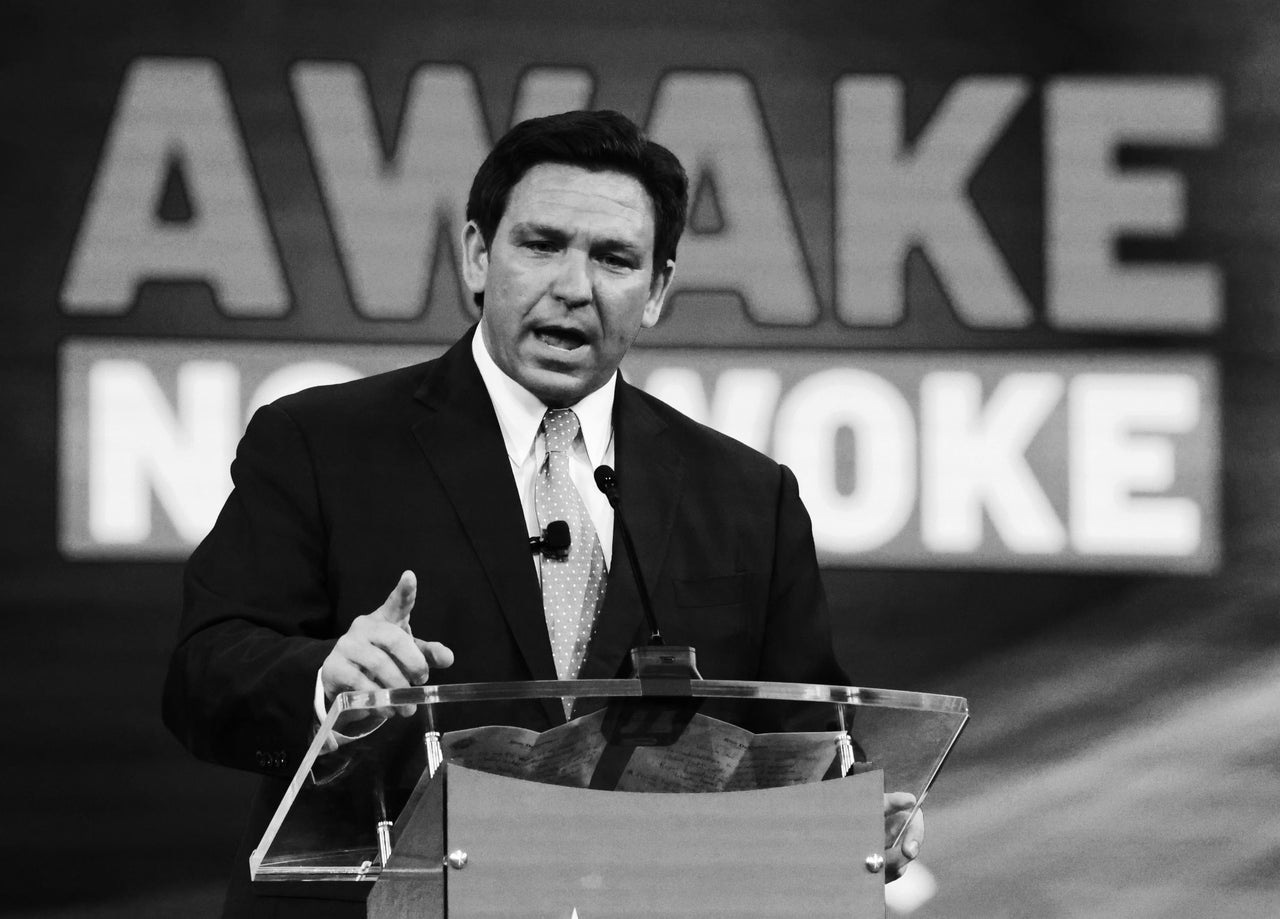
Joe Burbank/Orlando Sentinel/Getty Images
Former Nixon aide and GOP presidential candidate Pat Buchanan paved the way at that same 1992 convention with his blood-and-soil call for an all-out culture war. The external threat was defeated, he warned, but the internal threat remained.
“There is a religious war going on in this country,” Buchanan said. “It is a cultural war, as critical to the kind of nation we shall be as was the Cold War itself, for this war is for the soul of America.”
As Buchanan’s heir, former President Donald Trump reoriented contemporary GOP priorities toward countering so-called subversive activities. As he said in a video posted on March 16, “the greatest threat to Western civilization today” is “probably, more than anything else, ourselves.”
“It’s the collapse of the nuclear family and fertility rates, like nobody can believe is happening. It’s the Marxists who would have us become a godless nation worshiping at the altar of race, and gender, and environment,” Trump said, in his list of the many woes supposedly caused by liberal and left-wing opponents.
But just like before the end of the Cold War, the Republican Party remains wedded to a free-market libertarian economic program of tax cuts for the rich and corporate deregulation ― one that its more downscale voters, an increasingly large part of the party, don’t think of as a priority.
During the Cold War, dissenters within the conservative coalition could be kept from bolting by the shared goal of fighting communism. This helped Republicans win a national majority.
With the GOP having lost the popular vote in eight out of the last nine presidential elections, their hope is that they can resurrect the fears of the 1970s under the brand of anti-“wokeness” to build a new majority coalition. Instead, it increasingly looks like a desperate effort to hold together the party’s divergent voting and donor bases.



